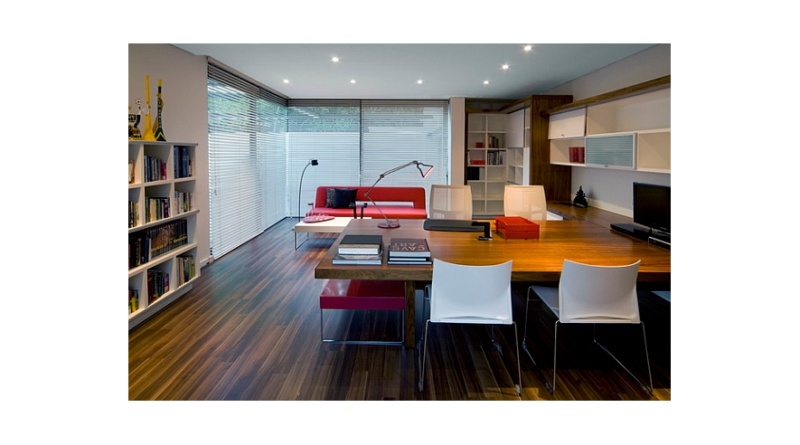It is quite apparent that the “new normal” is going to shake things up for just about everyone. As the first steps are taken to open up states and allow people to return to work and leisure activities, we can already see a wary public who are being cautious and wondering how to remain healthy given the unusual nature of the CV-2 virus.
I think it is going to take some time to overcome the hurdles still in front of us. Years as opposed to months. With this mindset, people’s habits and environments will undergo change. I believe these trends in behavioral modifications will drive innovation and growth in the design-build community.
Homes and offices will need to be re-thought and re-purposed. From the architectural design to the interior layout of the building (and building materials) and obviously the technology – new thought processes and ideas and solutions are going to have to evolve.
Here are a few trends I believe will drive innovation and growth as markets adapt to the “new normal”:
Residential work/huddle spaces
A much greater percentage of employees will work remotely in the future. This will drive innovation and growth for more formal spaces within a residence dedicated and equipped for remote work, learning and conferencing. Opportunities will exist for upgrades to networking, furniture, video and audio conferencing, displays, cameras, lighting, etc.
Further, commercial properties will transform from traditional office space to more collaboration spaces, employee training sites and showrooms prompting additional business investment.
With these new uses, architects might consider adding a home conference room to their designs. Builders should look to clean air and purified water strategies as more time is spent in the home.
Interior designers and technology designers need to collaborate on how to automate as much of the technical aspects of a design as possible.
Investment and expansion in connectivity and entertainment within the residence
“Stay at Home” policies have generated pent up demand for upgrades to audio and video systems within homes. In addition, many people will remain reluctant to attend large venues to watch live events (sports, concerts, movies, etc.) leading to a trend for improved and dedicated systems within a residence to stream and enjoy live performances. It will all be about the “experience”.
Again, are we designing spaces properly for these types of residential experience spaces?
A tangential opportunity will be to create pop-up or smaller venues to stream and watch live events in local markets (much like what is being done with many large religious groups/churches).
Overall wellness at home, work and play
People will need to know they can move around safely if we are to return to normalcy. Innovation in areas such as sanitation, air purifiers, misters, and self-monitoring wearable diagnostics will play a large role in driving investment in a home, business or hospitality venue.
Additional opportunities within biophilia, lighting design, and soundscaping will improve wellness in the home and should be on all design-build community members’ minds.
Final thoughts
With change comes opportunity. With a coordinated approach and pre-planning, design-build teams can and will be building differently and in tune to the evolving reality facing residential and commercial building spaces.


